walkable neighborhood bangalore property value benefits
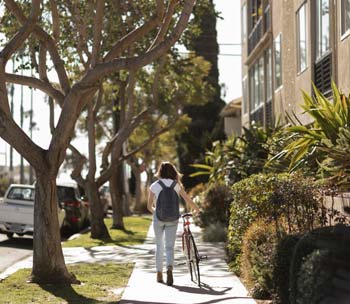
Why Walkability Matters for Property Value and Urban Living in Bangalore
One of India’s speediest-expanding cities, Bangalore is now inextricably linked with innovation, opportunity, and—alas—traffic jams. Developers, residents, and city planners alike are only just starting to recognize a crucial part of urban living that has long gone underappreciated: walkability.
Walkability is not just a buzz term. It is a measure of how welcoming a place is to walking, taking into account safety, accessibility, infrastructure, and proximity to the things that matter in life. For a city like Bangalore, where gridlock and commuting anxiety are part of everyday reality, walkable neighborhoods are becoming increasingly popular, not only as places to want to live, but also as smart real estate investments.
Let’s dig into why walkable neighborhood is transforming property values and urban life in Bangalore.
The Rising Demand for Walkable Neighborhoods
Walkable neighborhood is increasing in popularity among city residents, particularly young professionals, retirees, and families looking for convenience, health, and a superior lifestyle. In Bangalore, the localities of Indiranagar, Koramangala, and sections of Jayanagar are regularly quoted as examples of walkable neighborhoods. These are the kind of places that provide a perfect mix of residential quietude and proximity to cafes, parks, bazaars, schools, and workplaces.
Such a preference shift is not limited to anecdotal experience. Urban research and real estate studies have repeatedly determined that walkable communities receive higher rents and resale prices. An efficiently connected, pedestrian-oriented neighborhood usually implies quality infrastructure, security, and a thriving local economy—factors which directly affect property value.
Bangalore’s Urban Challenge: The Case for Walkability
The experience of most Bangaloreans is hours wasted in traffic, lengthy commutes, and inadequate last-mile connectivity. Studies show that the average commute time in Bangalore is one of the longest among Indian cities. This led to an increasing need among Bangaloreans to “live closer to life”, where residences are close to schools, workplaces, public transport, and facilities. Which also majorly spiked the demand for walkable neighborhood.
Walkability presents a viable solution to most of these urban issues:
- Less dependency on traffic: Citizens have the option of walking or cycling to basic services, helping ease road congestion.
- Healthier habits: Pedestrian-friendly cities encourage physical activity and healthy mental states.
- Environmental advantages: Less car travel results in fewer emissions and cleaner air.
A cleaner, greener Bangalore coupled with increased walkability are also common sense answers in a city struggling with pollution and urban sprawl.
The Impact on Property Value
For developers and homeowners alike, it is no longer an afterthought in the second position, it’s a top value driver. Houses in walkable neighborhood likely to:
- Enjoy appreciation faster: Urban neighborhoods enjoy more consistent price appreciation due to ongoing demand.
- Rent easily: Young professionals and families typically appreciate proximity to offices, schools, and social centers, which means faster tenant turnover.
- Attract a wide range of buyers: From tech employees to retirees, walkability attracts a wide demographic of buyers, expanding the number of potential buyers.
Other evidence from other great cities is similarly that a one-point change in walkability score of a neighborhood can raise property values by several percentage points. While Bangalore lacks at present an “official walkability index,” local conditions, like footpath condition, street lighting, and local amenities, are all significant determinants of property prices.
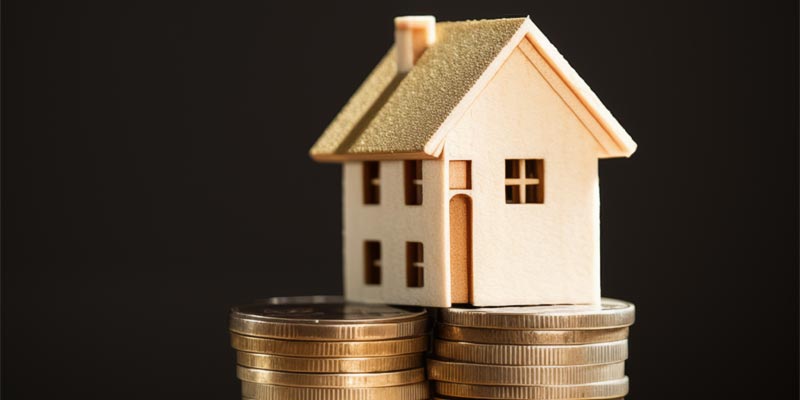
Walkability as a Lifestyle Enabler
The urban life in Bangalore is changing. Remote work, blended models, and startup culture have turned the attention away from central business districts to more decentralized, lifestyle-neighbourhoods. In this regard, walkable neighborhood provide the resident with the ability to venture out for a cup of coffee, run errands, or relax at a park without having to use a vehicle.
This amenity then becomes a selling point. When deciding between two comparable properties, most buyers will select the one that permits them to walk to daily necessities. It’s no longer only about real estate—it’s about a lifestyle option that eliminates stress and improves day-to-day living.
Smart Planning and the Role of Developers
Bangalore developers are increasingly incorporating walkable neighborhood into their master plans. Pedestrian-friendly layouts, integrated townships, and mixed-use development are on the rise. Amenities such as:
- Spacious, shaded pedestrian pathways
- Cycling lanes
- Access to schools, hospitals, and shopping areas
- Internal transportation solutions (e.g., golf carts, shuttle buses)
These are no longer “luxury” frills but essential components of sustainable design that enhance project attractiveness.
Intelligent developers also work closely with local governments to guarantee improved connectivity with metro stations and bus stops, rendering their projects more feasible in the long term.

Government Policies and Urban Infrastructure
walkable neighborhood in Bangalore isn’t solely the result of private developers; there is a critical dependence upon urban planning and government action. The Directorate of Urban Land Transport (DULT), BBMP, and Bangalore Smart City project have introduced a number of pilot initiatives designed to enhance pedestrian infrastructure, particularly in high-density or high-footfall areas.
Initiatives such as:
- Overhauling footpaths in central areas
- Pedestrianized zones (such as Church Street)
- Improved street lighting and safety
- Last-mile metro connectivity
These efforts are gradually but continually making Bangalore a more pedestrian-friendly city. More deep-rooted changes and regular enforcement of zoning and transport regulations will be necessary to have a citywide impact, though.
Challenges to Overcome
Though the advantages are obvious, walkability in Bangalore continues to have some major impediments:
- Poor footpath maintenance: Damaged sidewalks and encroachments discourage pedestrian movement.
- Traffic safety: Poor driver behavior and inadequate pedestrian crossings make walking unsafe.
- Urban sprawl: Urban expansion without proper transport infrastructure lowers walkability.
To fully leverage the economic and social benefits of walkability, both public and private stakeholders must invest in thoughtful, long-term urban design.

Looking Ahead: The Future is Walkable
As Bangalore expands further, walkability will increasingly be a key aspect of how we assess neighborhoods, real estate investments, and urban wellness. From retail shoppers to pension funds, walking freely and easily in the neighborhood is proving to be an absolute determinant of livability.
The call for walkable areas is not a fad—it’s a reaction to actual city needs. Developing walkable neighborhoods is not merely smart for property portfolios; it’s critical to creating a healthier, more equitable, and forward-looking Bangalore
Final Thoughts
Walkability is recasting the idea of living well in Bangalore. As Bangalore makes its way through explosive growth, the most precious properties will no longer be the tallest skyscraper or the most expensive villas—but those that are carefully woven into walkable, people-friendly neighborhoods.
For developers, planners, investors, and homebuyers, the message is simple: if you aspire to build or invest for the future, begin with the sidewalk.

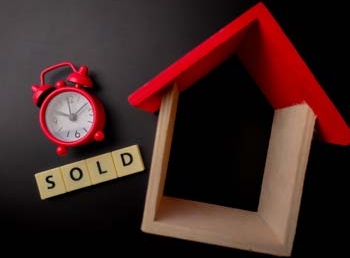
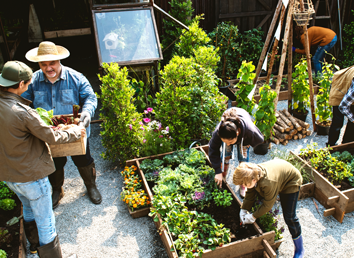
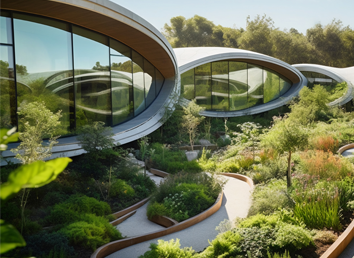
Join The Discussion